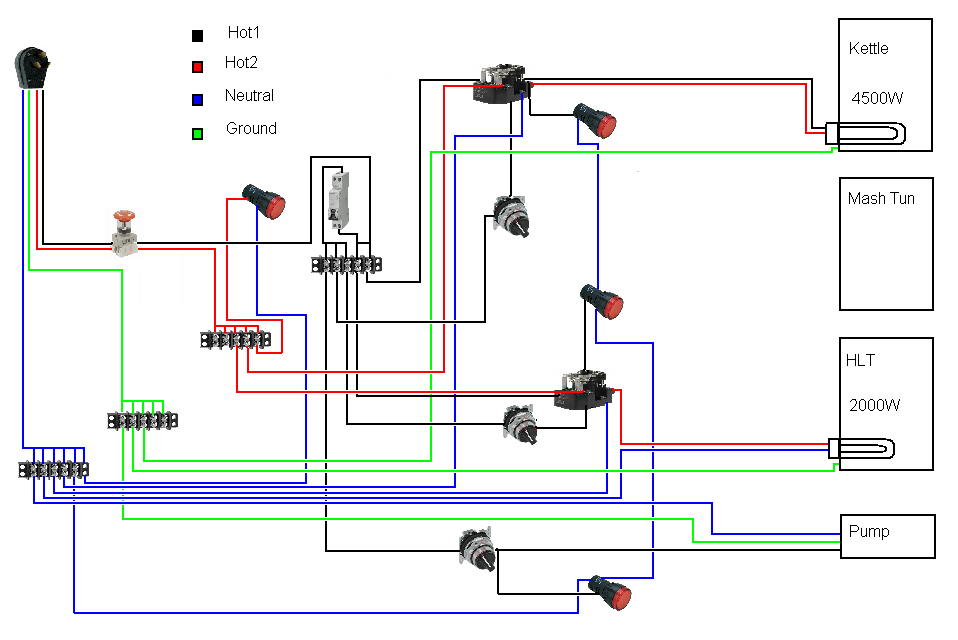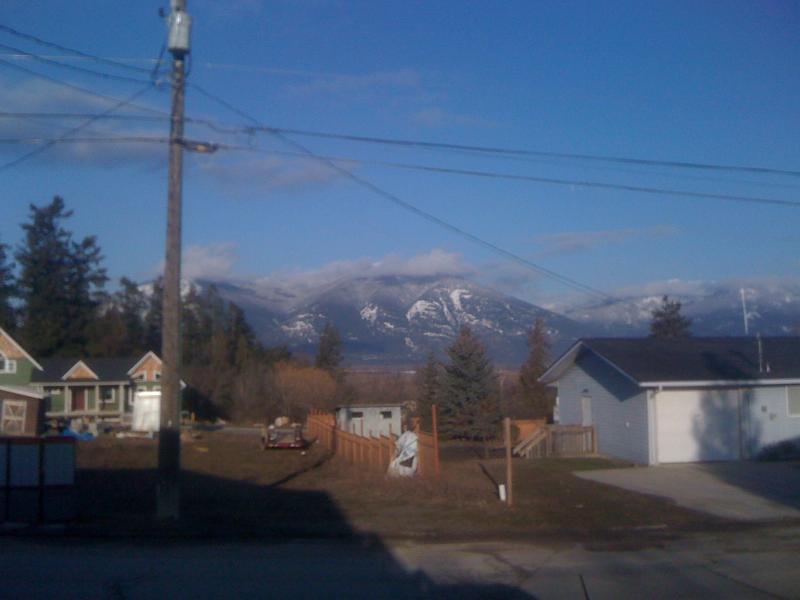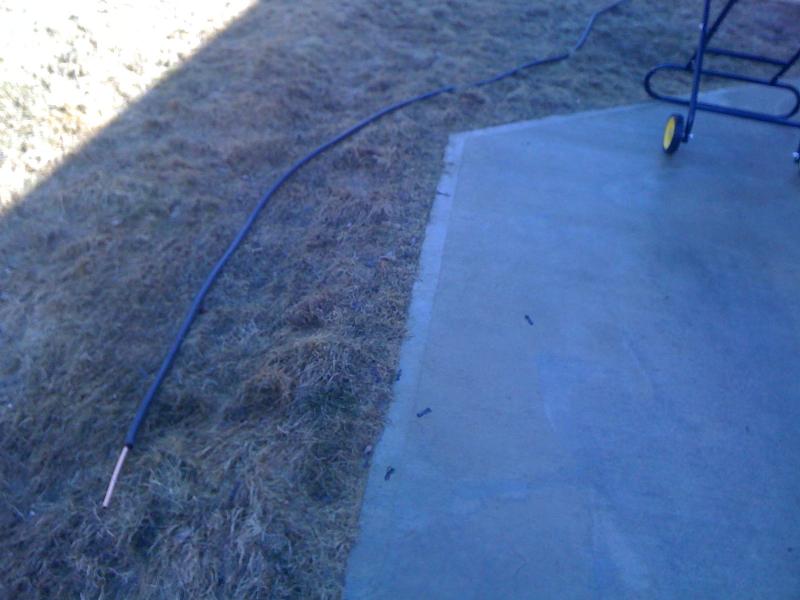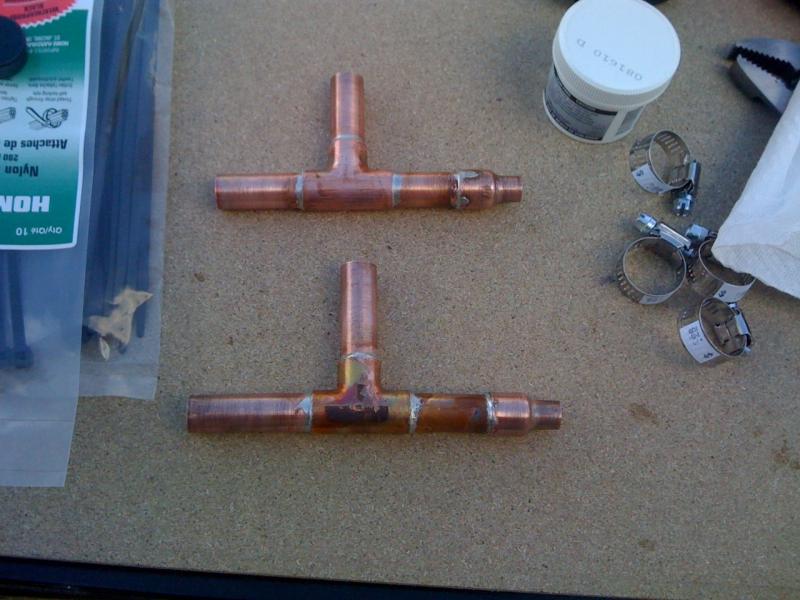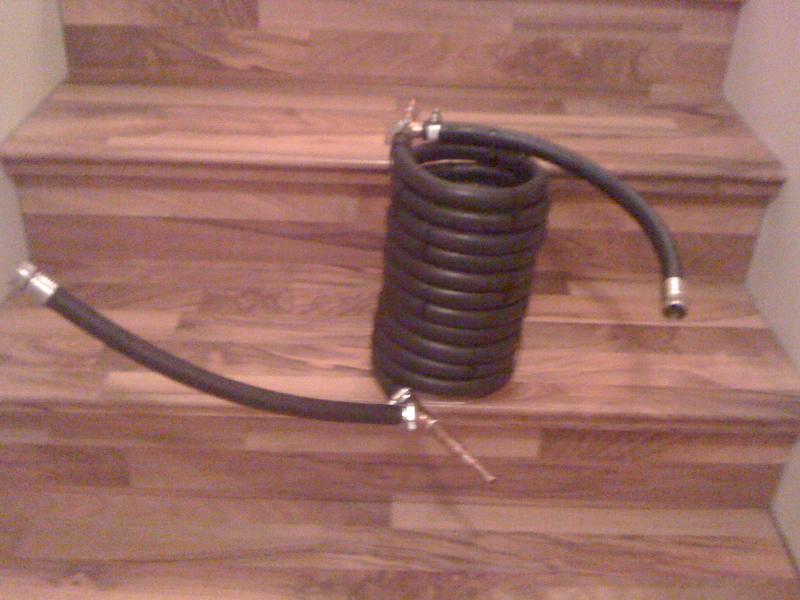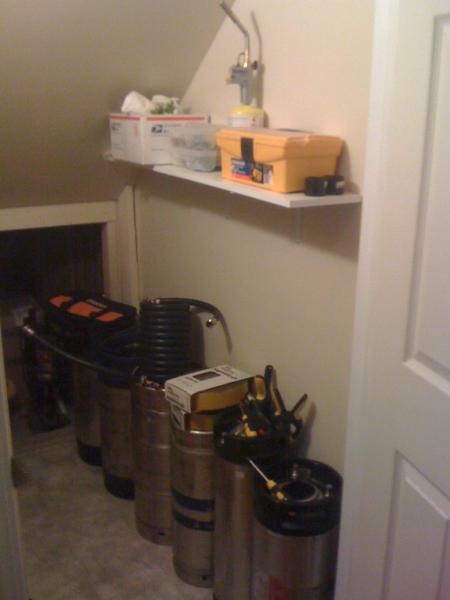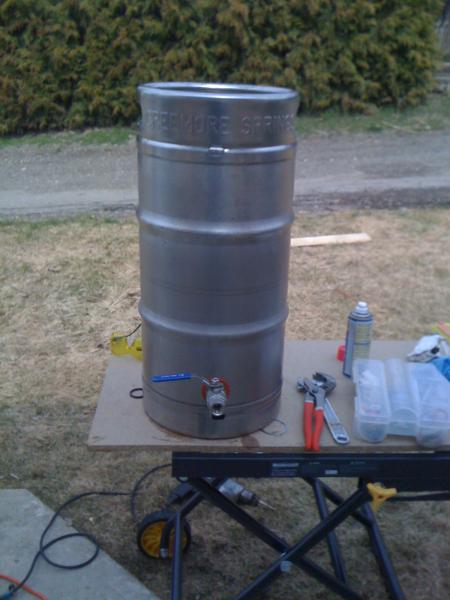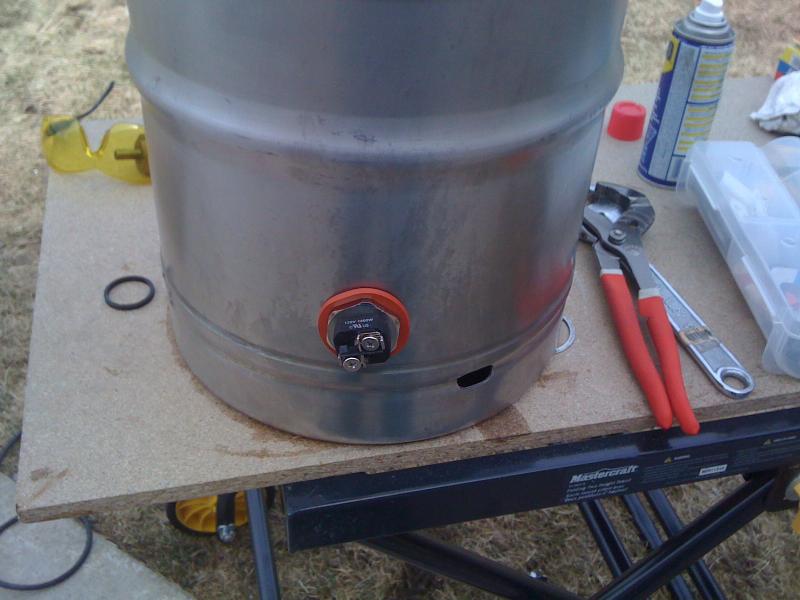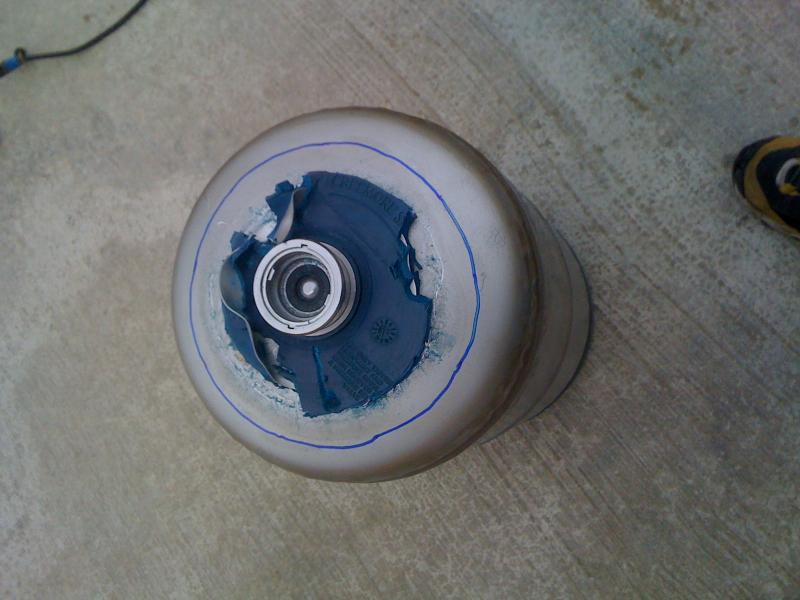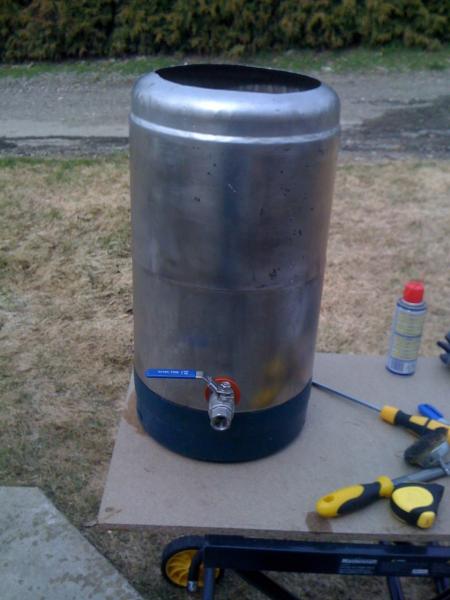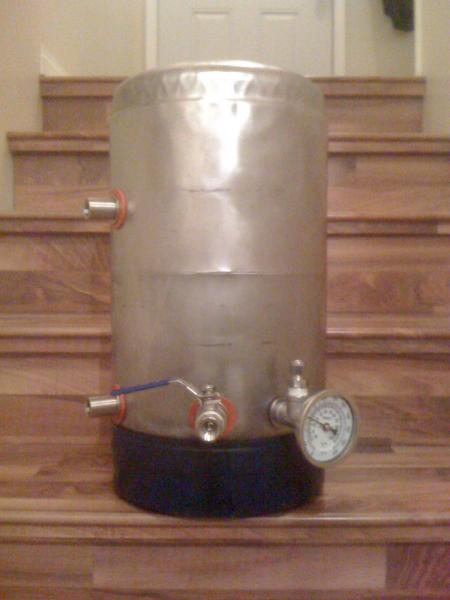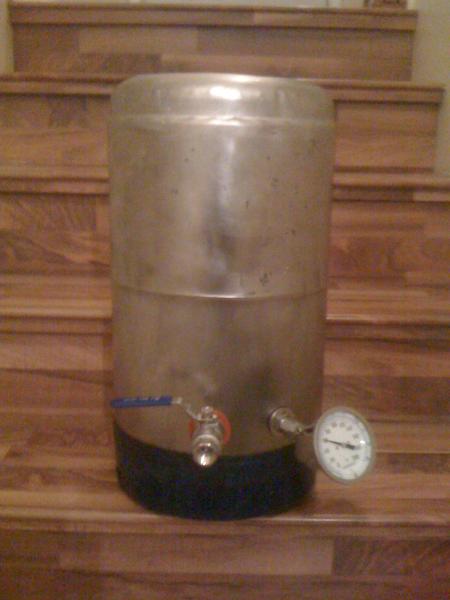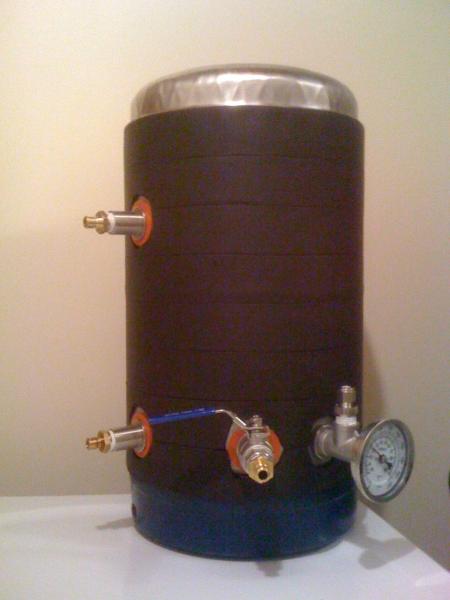Thanks to everyone for the quick responses.
Kal, its not so much that i dont know anything about electricity, i have a decent working knowledge and have been trying to read and learn as much as i can. I am also using my electricians at work to my advantage and having them inspect my work prior to firing it all up. I think i might order the cord/plug you have listed on your website as an extra precaution, but i think this weekend i might brew just with my normal plug. I think another reason i question the use of a gfci is because if you look at a normal residential water heater its not wired into a gfci breaker on the panel (at least i've never seen one done that way). or am i way off base?
(the reason i keep questioning everyone is to learn while still being safe, please dont interpret my questions as a slight against your knowledge)
Kal, its not so much that i dont know anything about electricity, i have a decent working knowledge and have been trying to read and learn as much as i can. I am also using my electricians at work to my advantage and having them inspect my work prior to firing it all up. I think i might order the cord/plug you have listed on your website as an extra precaution, but i think this weekend i might brew just with my normal plug. I think another reason i question the use of a gfci is because if you look at a normal residential water heater its not wired into a gfci breaker on the panel (at least i've never seen one done that way). or am i way off base?
(the reason i keep questioning everyone is to learn while still being safe, please dont interpret my questions as a slight against your knowledge)


























![Craft A Brew - Safale S-04 Dry Yeast - Fermentis - English Ale Dry Yeast - For English and American Ales and Hard Apple Ciders - Ingredients for Home Brewing - Beer Making Supplies - [1 Pack]](https://m.media-amazon.com/images/I/41fVGNh6JfL._SL500_.jpg)






























